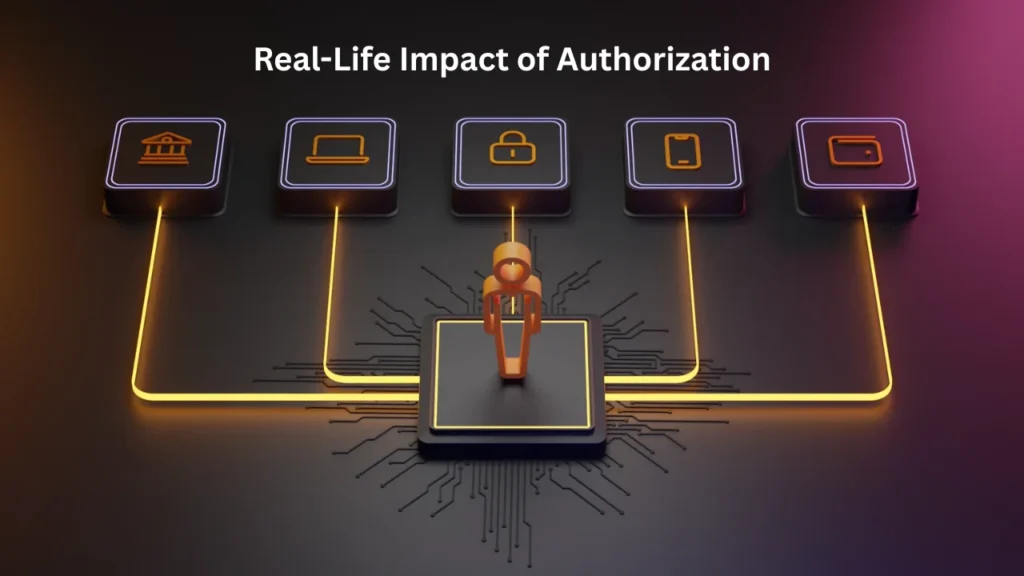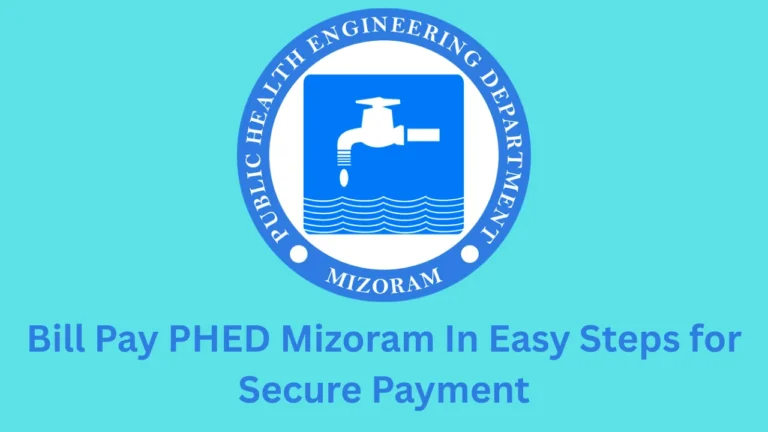Healthcare today relies heavily on accurate billing and insurance approval. Patients, providers, and insurance companies must follow a process to make sure services are covered. One important part of this process is authorization in medical billing, which ensures that treatments or procedures are approved before they are given. Just like you may need a zila sahkari bank balance check number before confirming a transaction, authorization acts as a verification step in the medical system. This article explains what authorization means, why it is important, how it works, and what challenges come with it.
What is Authorization in Medical Billing?
Authorization in medical billing is the process of getting permission from a patient’s insurance company before a treatment or service is done. The goal is to confirm that the procedure is medically necessary and that the insurance will cover it. Without approval, claims may be denied, and patients may have to pay out of pocket.
Insurance companies use this process to control costs and reduce unnecessary treatments. Providers also benefit, as they avoid claim rejections and delays. Patients gain peace of mind, knowing their treatment is approved and financially supported.
Why Authorization Matters in Healthcare
Authorization is more than a formality. It protects all parties in the healthcare system. Insurance companies confirm necessity, doctors prove medical justification, and patients receive assurance.
If a provider skips authorization, the insurance may refuse to pay for the service. This creates financial pressure on the patient and reduces trust in the healthcare system. Authorization in medical billing builds a system where medical care is delivered responsibly and with financial security.
Types of Authorization in Medical Billing
There are different types of authorization based on when approval is needed. Each type plays a unique role in managing healthcare expenses and ensuring proper treatment.
| Type of Authorization | When It Happens | Common Uses |
|---|---|---|
| Prior Authorization | Before the procedure or treatment | Surgeries, MRIs, CT scans, costly medications |
| Concurrent Authorization | During the hospital stay or ongoing treatment | Physical therapy, long inpatient care |
| Retrospective Authorization | After treatment is completed | Emergency cases, late documentation |
Each type ensures that the treatment aligns with medical necessity and insurance policies. This table highlights how different scenarios demand specific types of authorization.
How the Authorization Process Works
The process of authorization in medical billing follows structured steps. First, the provider checks if authorization is required for the service. Then, they prepare and send the request to the insurance company. This request contains patient details, diagnosis codes, procedure codes, and supporting medical documents.
Once the insurer receives the request, they review it against their criteria. Approval means an authorization number is issued, which must be included in the claim. If denied, the provider or patient may appeal the decision. The efficiency of this process affects how quickly care can be delivered.
Challenges in the Authorization Process
The system is not always smooth. Providers often face delays, especially when insurers ask for extra documents. Patients may wait for treatment because the approval is pending. Denials can also happen, leading to appeals and more paperwork.
Doctors argue that too much focus on authorization reduces time spent on actual care. On the other hand, insurers believe it prevents misuse of medical services. The balance between control and care is still a major challenge.

Real-Life Impact of Authorization
For patients, the importance of authorization becomes clear when they need urgent care. Imagine a patient requiring an MRI for a suspected illness. Without prior approval, the test may be delayed or denied. In such cases, authorization in medical billing directly affects health outcomes.
For providers, failure to secure authorization can lead to financial loss. Hospitals depend on smooth billing cycles to keep operations running. Denied claims create revenue gaps and more administrative work. Insurers also face pressure, as patients complain about delays or denials.
Authorization and Claim Denials
A major reason for claim denials is missing authorization. Insurance companies automatically reject claims if no prior approval exists for required procedures. This shows how central authorization is to the billing cycle.
When denied, providers must either appeal or resubmit with proper authorization. This slows payment cycles and increases administrative costs. Patients may also get unexpected bills, which affects trust in healthcare. Authorization in medical billing is therefore a protective step against denials.
Technology in Authorization
Modern systems now use digital tools to speed up authorization. Electronic health records and insurance portals allow providers to submit requests faster. Many insurers use automated systems to review medical necessity.
Technology reduces delays, minimizes human error, and improves communication between providers and insurers. Just like a bank of maharashtra balance check number helps verify accounts quickly, digital authorization systems verify treatments with greater efficiency. This shift is shaping the future of billing and patient care.
Authorization in Emergencies
One of the biggest debates is how authorization works in emergencies. Patients in critical condition may not have time for paperwork. In such cases, treatment is often given first, and retrospective authorization is sought later.
Insurance companies usually accept these cases if proper documentation supports medical necessity. However, providers must still follow strict rules to avoid denials. Emergencies highlight both the importance and the limitations of the process.
Authorization Across Different Services
Different medical services require different levels of authorization. For example, diagnostic tests like MRIs or CT scans usually need prior approval. High-cost drugs or long-term therapies also require authorization.
Some insurers also require authorization for home health services or durable medical equipment. Authorization in medical billing adapts to the type of care, balancing cost control with patient needs. Understanding these rules helps providers reduce denials and delays.
Comparing Authorization with Other Industries
Authorization in healthcare is similar to verification processes in finance. Just as banks verify balance numbers before transactions, insurers verify medical necessity before approving payments. Both processes protect institutions from losses and ensure fair use of resources.
This comparison makes it easier to understand why authorization in medical billing is central to healthcare. It confirms that medical services are necessary and financially secure.
Future of Authorization in Healthcare
Looking ahead, authorization will likely become more automated. Artificial intelligence and predictive analytics can help insurers review requests faster. Providers will benefit from systems that reduce paperwork and focus more on patient care.
Patients will also gain from faster decisions, fewer delays, and better transparency. The goal is to make authorization in medical billing a seamless process that supports care without unnecessary obstacles. Technology will play a major role in achieving this balance.
Conclusion
Authorization is the backbone of medical billing. It ensures treatments are necessary, reduces financial risks, and protects patients from unexpected costs. Authorization in medical billing may cause delays, but it remains essential for balancing care with cost.
With technology advancing, the process is becoming smoother, faster, and more reliable. Patients, providers, and insurers must work together to improve the system. Just like financial verification builds trust in banking, authorization builds trust in healthcare. It guarantees that the right treatment is given at the right time, with financial safety for all.




